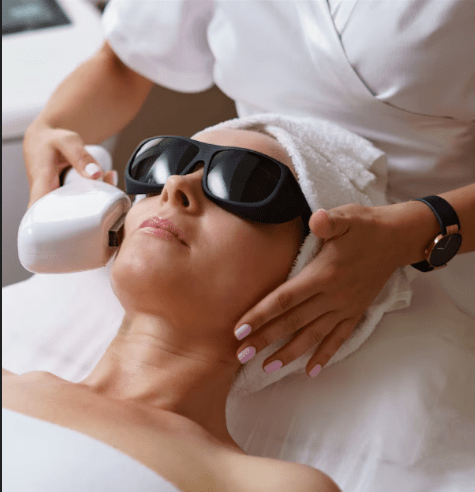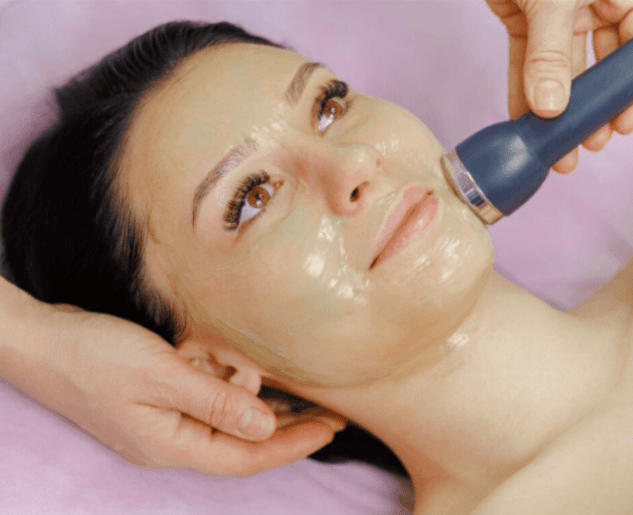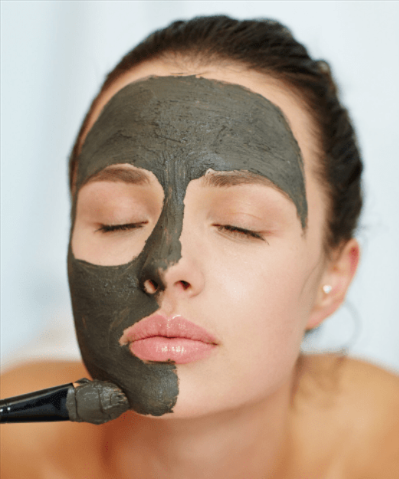Proper rest is essential for healing after any cosmetic surgery—especially after chin implant surgery. But sleeping after this procedure requires a few important adjustments to protect your results, minimize swelling, and prevent complications.
In this article, we’ll walk you through everything you need to know about how to sleep after chin implant surgery, including the best positions, how long to follow restrictions, and helpful tips to ensure a smooth and safe recovery.
Why Sleep Position Matters After Chin Implant Surgery
Your chin and lower face will be tender, swollen, and healing after surgery. Sleeping in the wrong position can lead to:
- Increased swelling or bruising
- Shifting of the implant
- Discomfort or prolonged recovery
- Pressure on incisions (especially for intraoral approaches)
That’s why following your surgeon’s sleep guidelines is crucial for preserving your results.
Best Sleep Position: On Your Back with Head Elevated
The safest and most effective sleep position after chin implant surgery is:
Sleeping on your back with your head elevated at a 30–45 degree angle.
This position offers several benefits:
- Reduces swelling and fluid retention
- Protects the surgical site from pressure
- Keeps your chin in proper alignment
- Promotes blood circulation for faster healing
How to Achieve It:
- Use 2–3 firm pillows to elevate your head and upper back.
- A wedge pillow can offer more support and consistent elevation.
- Consider sleeping in a recliner chair during the first few nights for added comfort and safety.
How Long Should You Sleep on Your Back After Chin Implant Surgery?
Most surgeons recommend that patients sleep on their back with head elevation for at least 1 to 2 weeks post-op, depending on your healing progress and the surgical technique used.
- If you had internal incisions (intraoral approach), your surgeon may ask you to maintain this position slightly longer.
- Always follow your surgeon’s personalized instructions, as healing time can vary.
What to Avoid While Sleeping
To avoid complications and ensure a smooth recovery, do NOT:
❌ Sleep on your stomach or side – This puts direct pressure on the chin, increasing the risk of implant displacement.
❌ Rest your chin on your hands or pillows – Even light pressure can affect healing.
❌ Toss and turn excessively – This can disturb the implant position or interfere with incision healing.
❌ Use overly soft or unsupportive pillows – These may allow your head to tilt to the side during sleep.
Tips to Help You Stay in the Right Position
Here are some helpful tips to keep you from rolling over in your sleep:
✅ Use extra pillows on both sides of your body to create a “sleep tunnel” that discourages turning.
✅ Wear a neck support pillow or soft travel pillow to stabilize your head.
✅ Sleep in a recliner for the first few nights to limit movement and keep your head elevated.
✅ Practice sleeping on your back before surgery to get used to the position.
✅ Ask your surgeon if a chin support wrap is recommended—some use compression garments to help with stability.
Managing Discomfort While Sleeping
Mild discomfort, swelling, and tightness are normal in the days after surgery. Here’s how to ease nighttime symptoms:
- Take prescribed pain medications or anti-inflammatories as directed.
- Use cold compresses (as advised) before bedtime to reduce swelling.
- Avoid caffeine or salty foods that can increase inflammation.
- Keep your bedroom cool, dark, and quiet to promote restful sleep.
When Can You Resume Sleeping on Your Side or Stomach?
You can typically return to your preferred sleep position once your surgeon confirms that:
- The implant is fully stabilized
- Swelling has gone down
- There’s no longer a risk of implant shifting or wound reopening
This is usually around 2–3 weeks post-op, though individual healing times may vary.
What If You Accidentally Sleep on Your Side?
Don’t panic—one night of accidentally rolling over probably won’t ruin your results. However, if you notice increased pain, asymmetry, or swelling afterward, contact your surgeon to ensure the implant hasn’t shifted.
Final Thoughts: Prioritize Rest to Optimize Results
Restful, proper sleep is a key part of a smooth recovery after chin implant surgery. By sleeping on your back with your head elevated and avoiding pressure on your chin, you’ll help your body heal efficiently and protect the aesthetic outcome you invested in.




